The ‘M’ class of submarine were truly remarkable. They were based on the unhappy ‘K’ class, one of the most accidents prone of all submarines. These vessels were steam driven and had to retract their funnels before they could dive.
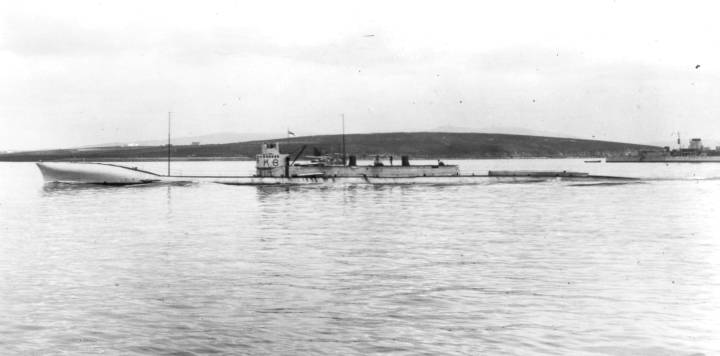
They were all scrapped, but three of the hulls were saved in 1918 to create the ‘M’ class. The M 1 was probably the most extraordinary of all. She had a massive gun weighing 60 tons taken from a redundant battleship. The idea was that she would creep up to the enemy underwater, surface, lob a few shells, and then submerge. It was a daft idea and never worked properly because the submarines fire control system could not operate the gun at its full range.
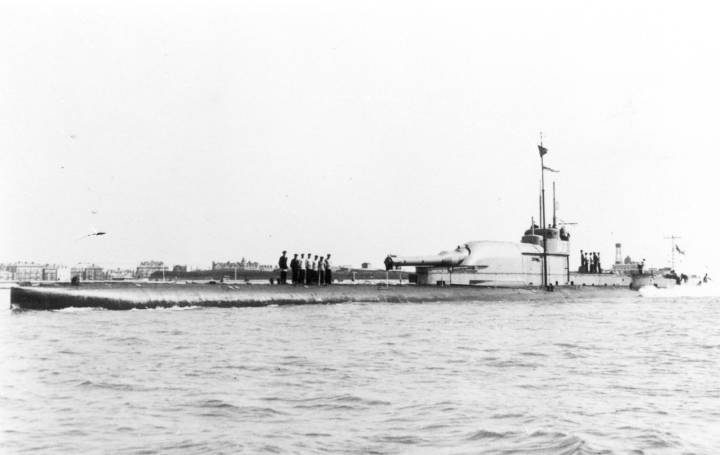
In 1925 the M 1 was in collision with a Swedish cargo ship and sunk 15 miles off Start Point with the loss of 69 officers and men. In 1999 Innes McCartney, at the instigation of the Ministry of Defence led a successful expedition to locate her. He was helped by Dick Larn, the well known wreck historian, and the whole thing was filmed by the B.B.C. The wrecks precise location was not released, but in any event at around 240 feet,it would be too deep for sports divers.
The M 2 however is in within the range of most sports divers and is a very popular dive. She was completely different from the M 1 in the fact that she had no gun but carried a seaplane in a deck hanger. (Honestly, you could not make this stuff up.) The seaplane called the ‘Parnall Peto’ had folding wings so that it could fit inside and was launched by means of a catapult.
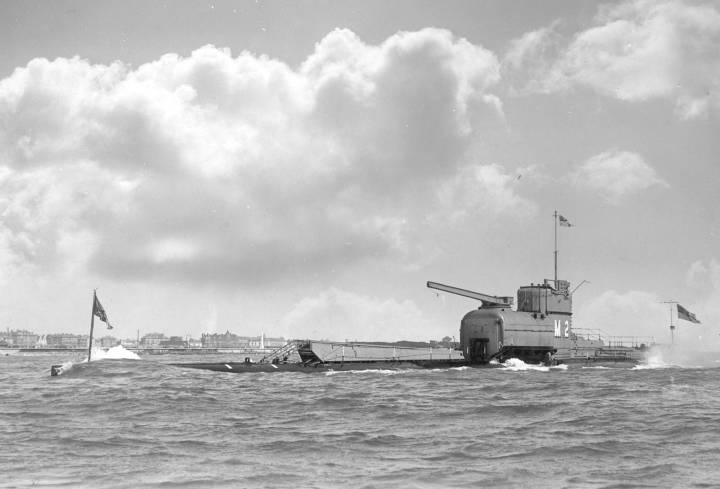
The aircraft was supposed to be used for reconnaissance purposes but the tactical disadvantages are obvious. The submarine had to remain on the surface for extended periods during the launch and recovery of the seaplane and this made her extremely vulnerable to enemy attack. In the end the experiment was a disastrous mistake. On the 26 January 1932 the M 2 was exercising in West Bay just off the Dorset coast, when she was seen to dive stern first by the captain of a freighter, which was passing by. She never resurfaced and it took the Navy nearly 8 days to find her lying on the bottom in 106 feet of water.
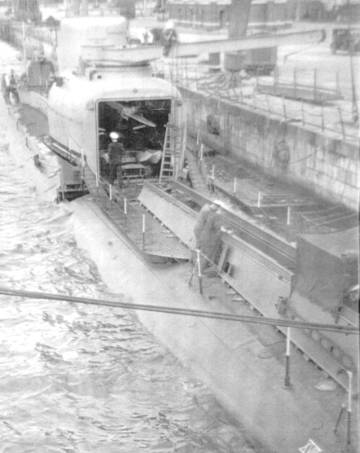
An inspection of the wreck revealed that her hanger door was wide open and so was the hatch leading to the control room. It would seem that the hanger door was open before she had properly surfaced and attained full buoyancy. Whatever the reason her 60 officers and men all perished.
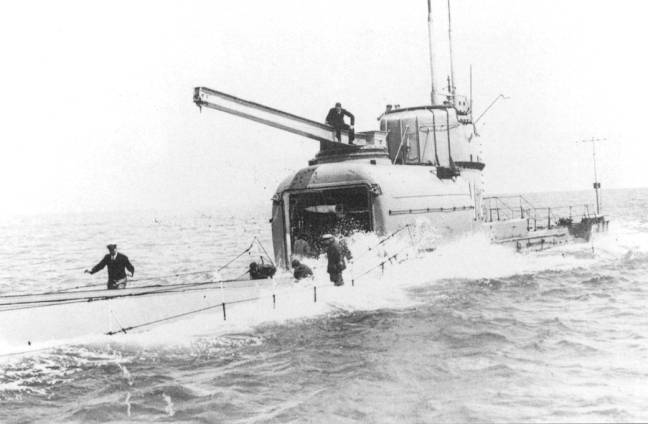
This is another wreck that I have yet to dive as it’s a bit out of my area. Still some of my friends have dived it and one shot some video footage in August 1998, and it’s from this that I make the following brief observations. By the way this wreck has not been put on the restricted list yet and all the charter skippers still dive her.
The M 2 is lying upright on a rock and silt bottom in about 106 feet of water. Since the submarine is 296 feet long with a beam of nearly 25 feet there is a lot to see. The hull is in quite good condition and has appeared to withstand the ravages of time pretty well except for the deck plates, which has great holes in it. Towards the bows you can see the remains of either the catapult or the anchor winches, and the bow anchors are nice and secure in their hawseholes, with the forward hydroplanes still intact.
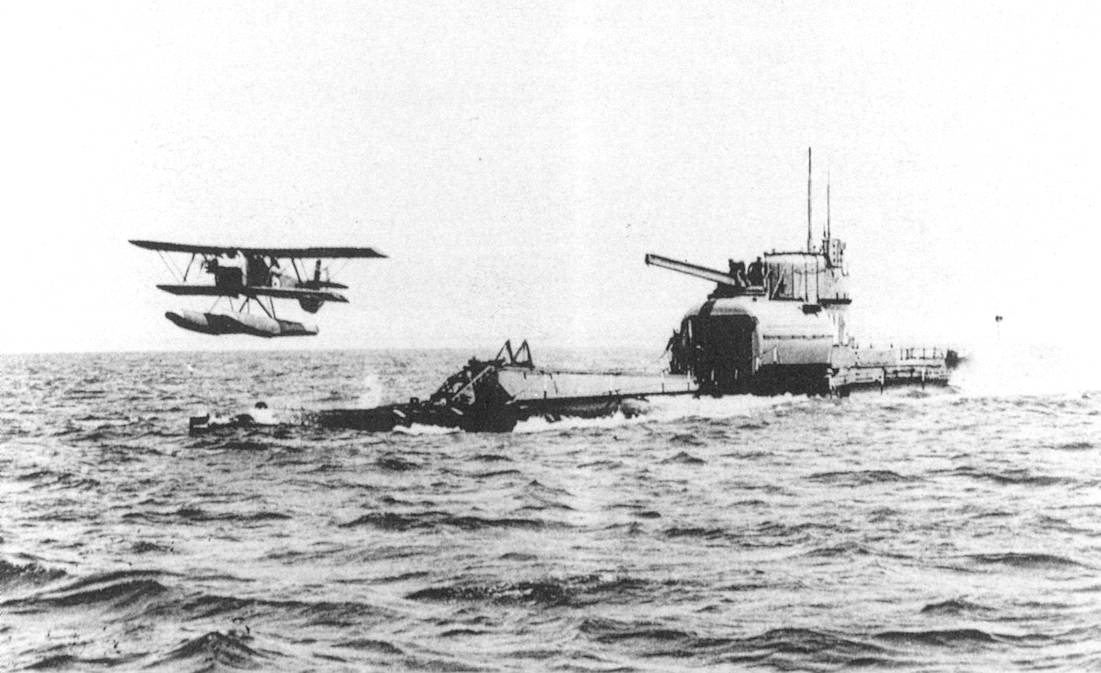
On her sides, the hull is covered with a thin weed, deadmens fingers and plumose anemones. As you work your way towards the conning tower you soon see the gaping hole of the aircraft hanger. You can still go inside but it is quite silted up with quite a lot of steel plate scattered all around. The conning tower rears up very impressively with the remains of the periscope still pointing in vain towards the surface. Swimming down towards the stern the deck plates still look in poor condition, and since there was some salvage done on the wreck in 1932-33 it comes as no surprise to see that the twin propellers are missing, but the rudder is still intact and you can swim right underneath the propeller shafts and it makes you realise that the M 2 was a big boat, roughly the size of a frigate. Back up to the conning tower to play Captain, and a final look into the hangar and that’s the end of the dive. The M 2 looks well worth a visit to me.
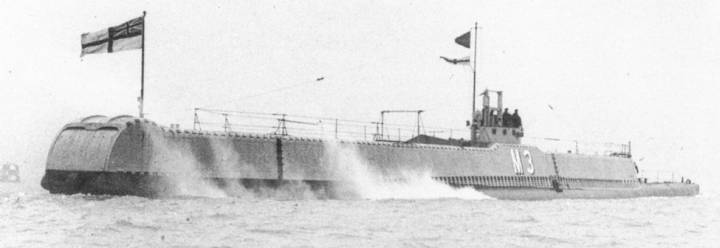
Incidentally the last of the ‘M’ class, the M 3, was converted into a minelayer. She carried up to eighty mines and was perhaps the most successful of her class. However as soon as she had demonstrated how good the concept could be, the Navy tired of it, and she was sold for scrap in 1932.
The M class submarines
Extract from The Silent menace.dvd

Tim says
hello
I read your article and its probably one of the best I’ve read. thank you for such a recollection of what happened.
Do you know the name of the captain/commander of this remarkable submarine?